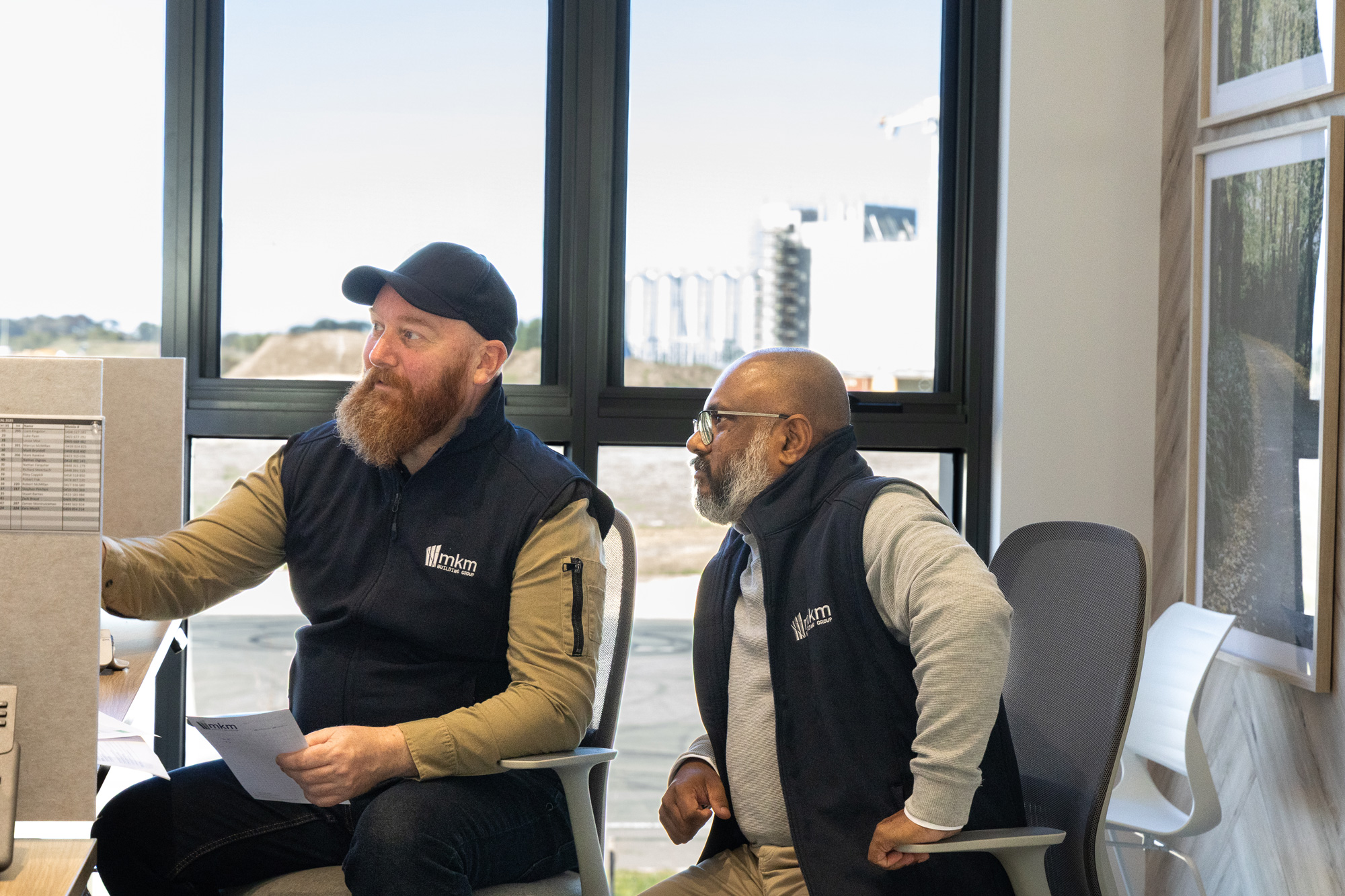Estimated reading time: 5–6 minutes
If you’re planning to design or build a commercial, industrial, or agricultural project in Victoria, staying up-to-date with the latest building code requirements is critical. Building codes ensure your project is safe, compliant, sustainable, and fit for purpose. However, codes and regulations can change frequently, and missing a key update can lead to costly delays or redesigns.
In this blog, we break down the most important recent changes and current requirements you need to know when building in Victoria — so you can plan confidently and avoid surprises.
What Is the Building Code of Australia (BCA)?
The Building Code of Australia (BCA), also known as the National Construction Code (NCC), is the primary reference for building standards across Australia. It sets out minimum requirements for design, construction, health, safety, amenity, and sustainability of buildings.
Victoria adopts the NCC as its baseline but also has state-specific regulations and amendments that apply, administered through the Victorian Building Authority (VBA).
Key Updates and Current Building Code Requirements in Victoria
1. National Construction Code 2022 (NCC 2022)
The most recent edition of the NCC took effect from May 2023. It introduced several important updates, including:
- Energy Efficiency: Stricter minimum energy efficiency standards for commercial buildings, including improved insulation, lighting, HVAC systems, and glazing requirements.
- Fire Safety: Enhanced fire safety provisions, including new requirements for sprinkler systems, smoke alarms, and fire-resistant materials in specific building types.
- Accessibility: Improved accessibility standards to better support people with disabilities, aligning with the Disability Discrimination Act (DDA).
- Sustainability: Emphasis on sustainability measures, including water efficiency and waste management during construction.
- Structural Safety: Updated structural design requirements reflecting the latest engineering best practices and climate resilience.
2. Victorian Specific Amendments
Victoria supplements the NCC with additional state regulations such as:
- Victorian Plumbing Code: Ensures all plumbing work meets state standards for water efficiency and safety.
- Bushfire Management Overlay (BMO): For projects in designated bushfire-prone areas, special building requirements apply to improve fire resistance and safety.
- Heritage Controls: If your site is heritage-listed or adjacent to heritage buildings, additional planning and building controls will apply to preserve the character of the area.
3. Building Permits and Inspections
Victoria requires building permits before construction begins, administered by registered building surveyors. Regular inspections are mandated throughout the build to ensure ongoing compliance with the codes.
Failing to obtain or comply with permits can result in fines, orders to stop work, or costly rectifications.
4. Occupational Health & Safety (OHS) Regulations
The Victorian Occupational Health and Safety Act also impacts construction sites, mandating safe work practices to protect workers. Builders and contractors must ensure compliance with OHS laws alongside building codes.
How to Stay Compliant and Ahead of Requirements
Navigating these evolving codes and regulations can feel overwhelming — but it doesn’t have to be.
Here are some practical tips:
- Engage Professionals Early: Experienced builders and designers in Victoria, like our team at MKM Building Group, stay current on code changes and ensure your project meets all requirements from the start.
- Use Accredited Consultants: For specialist areas like fire safety, energy efficiency, and accessibility, use accredited consultants to provide reports and certifications needed for approvals.
- Coordinate with Local Councils: Each municipality may have additional planning overlays or guidelines; early engagement can smooth approvals.
- Plan for Inspections: Build a timeline that accounts for mandatory inspections and approvals to avoid delays.
- Consider Sustainability: Taking advantage of the latest energy and water efficiency requirements not only ensures compliance but can reduce operational costs long-term.
How We Can Help
At MKM Building Group, we integrate the latest building code requirements into every stage of design and construction. Our in-house designers, estimators, and project managers collaborate to ensure your project complies with Victoria’s evolving regulations — while aligning with your budget and timeline.
We manage the complexities of planning permits, building permits, and inspections, keeping you informed and confident from concept to completion.
Summary
Building in Victoria means understanding and adapting to the latest building codes — including NCC 2022 updates, Victorian-specific regulations, and safety requirements. Early collaboration with experienced professionals is key to avoiding costly delays and delivering a compliant, high-quality project.
If you’re planning a new build or major renovation in Victoria, connect with MKM Building Group today. We’ll guide you through the regulatory landscape and help you build smarter, safer, and more sustainably.
Ready to get started? Contact us for expert advice and a tailored approach to your next project.
Frequently Asked Questions (FAQs)
Q: When did the NCC 2022 come into effect?
A: The NCC 2022 became mandatory from May 2023.
Q: What’s the difference between a planning permit and a building permit?
A: A planning permit covers land use and design approval by council, while a building permit focuses on construction safety and standards.
Q: Do building codes apply differently in regional Victoria?
A: The NCC applies nationally, but local overlays like bushfire management or heritage controls may vary by location.
